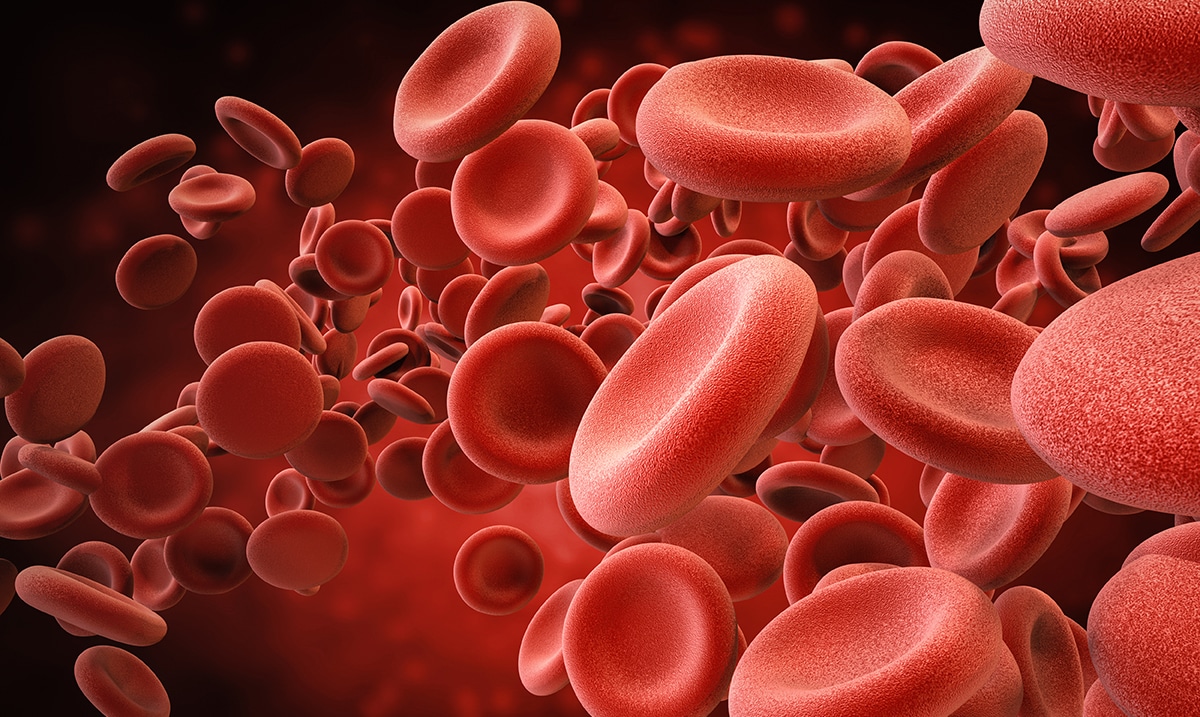Scientific discoveries can sometimes be exciting and interesting, and in other cases, they can be disturbing and creepy. Unfortunately, this recent discovery falls under the latter.
Researchers from the Vrije Univsersiteit Amsterdam and Amsterdam University Medical Center took blood samples from 22 anonymous donors. The doners were otherwise healthy. Their goal was to see if they could find traces of synthetic polymers that were larger than 700 nanometers across.
Throughout the study, the researchers made sure to
avoid outside contamination. Of the 22 participants who gave their blood, a whopping 17 of them had plastic in their blood. While this may seem like a minuscule group, this is the very first study of this kind, and further research will be done from here.
Of those samples that contained plastic, half of them contained PET plastic, which is commonly used in drink bottles. A third of them had polystyrene, which is used for packaging food. And a quarter of them had polyethylene plastic which is used to make plastic carrier bags.
“Our study is the first indication that we have polymer particles in our blood – it’s a breakthrough result,” explained Professor Dick Vethaak, who works as an ecotoxicologist at Vrije Universiteit Amsterdam in the Netherlands.
“But we have to extend the research and increase the sample sizes, the number of polymers assessed, etc.” Further studies by a number of groups are already underway, he said.
Going further, he told the Guardian that it’s “certainly reasonable” to be concerned. “The particles are there and are transported throughout the body.”
“We also know in general that babies and young children are more vulnerable to chemical and particle exposure,” he explained. “That worries me a lot.”
Unfortunately, since this is the first study of its kind, it did not cover nor answer all of the questions that it has now sparked. Because of that, much more research will need to be done in order to find out how these plastics accumulate and spread throughout our bodies. Their research was published in Environmental International.

